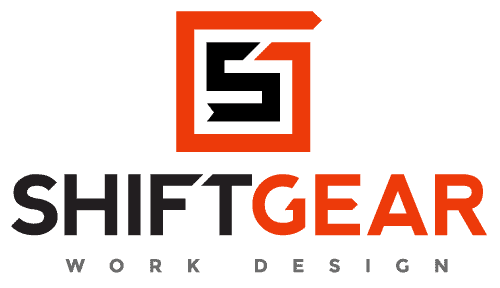 Align and Reconcile Intent and Activity
Align and Reconcile Intent and Activity
Every organization starts with the same challenge: Get crystal clear on the vision, mission, and targets, and then optimize the set of activities needed to accomplish those targets. In the end, the only resource we have to deploy is human activity. ShiftGear helps you design your work so every activity is tied together to meet the targets.
 Connect the Human Chain Through Triggers and Checks
Connect the Human Chain Through Triggers and Checks
Even in the largest, most complex organizations, work moves from person-to-person, not function-to-function or computer-to-computer. The research is clear, without pre-specified rules, people usually wait too long to ask for help and leaders don’t check in frequently enough. Good work design incorporates triggers and checks that signal teams and managers to meet to resolve ambiguity and fix problems, often in real time.
 Structure Problem-Solving and Creativity
Structure Problem-Solving and Creativity
We all “jump to solutions” because we are born problem solvers. As our experience grows we rely more and more on our intuition. But, the real problem remains unarticulated and causes the solutions to miss the mark, feeling like serial initiatives that never really get the job done. Structured problem solving methods mitigates our inherent desire to ‘jump to solutions’ and encourages us to do a proper analysis using both data and investigation. Similarly, tackling ill-defined challenges like creative work is best accomplished within a structure to ensure that the innovation stays on track and within scope.
 Manage Optimal Challenge
Manage Optimal Challenge
Systems don’t work if they have too little or too much work in them. Putting the right amount of stress into the work system helps surface problems while allowing enough time to resolve them. Too little work and problems remain hidden, too much work and unresolved problems clog the system.

